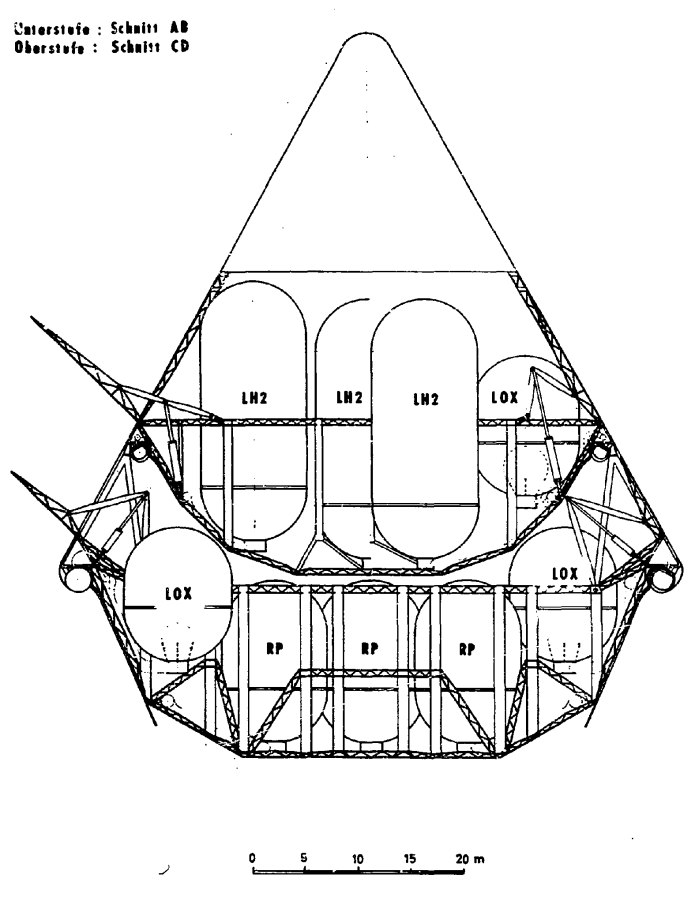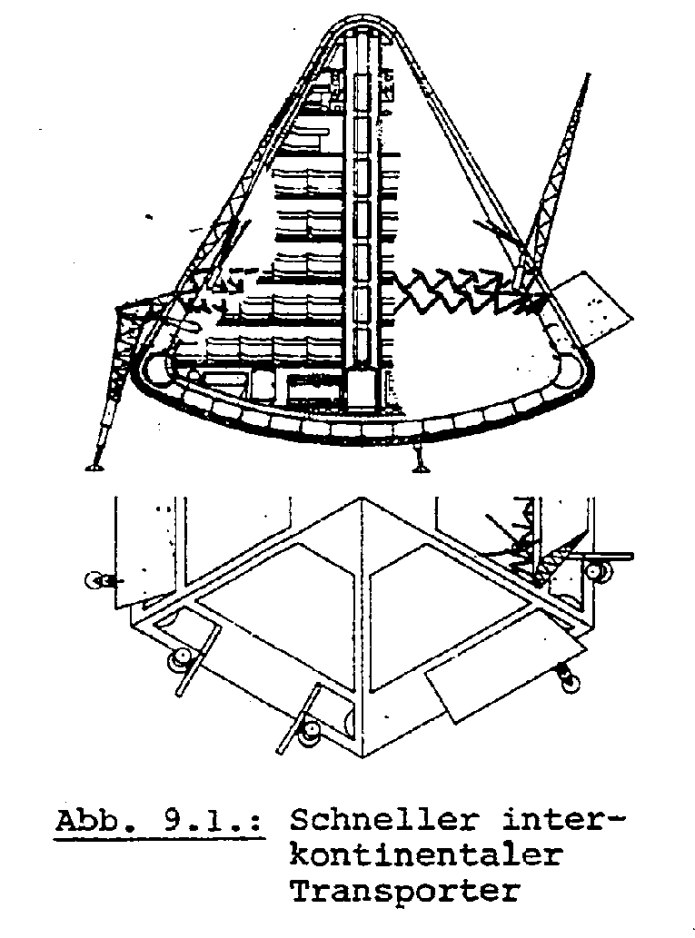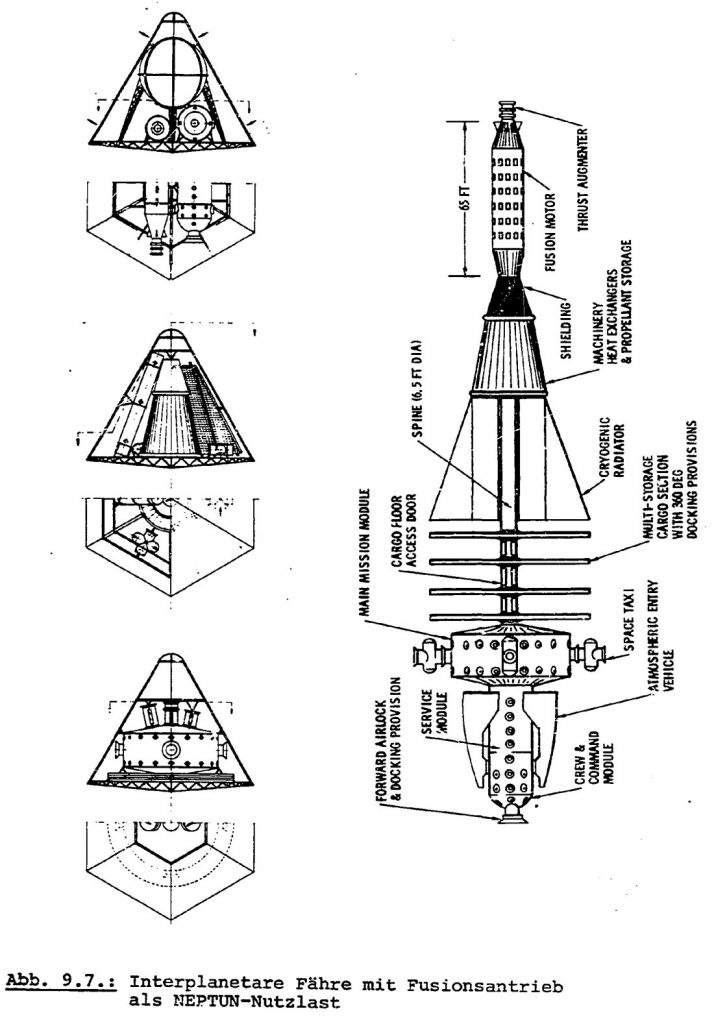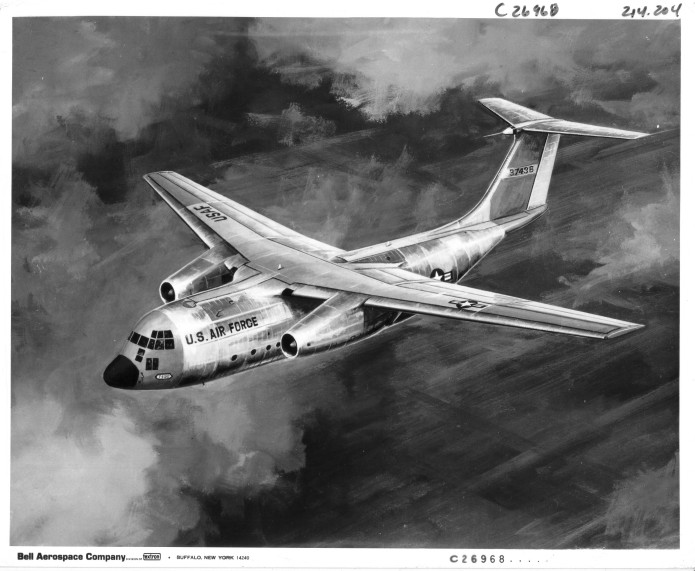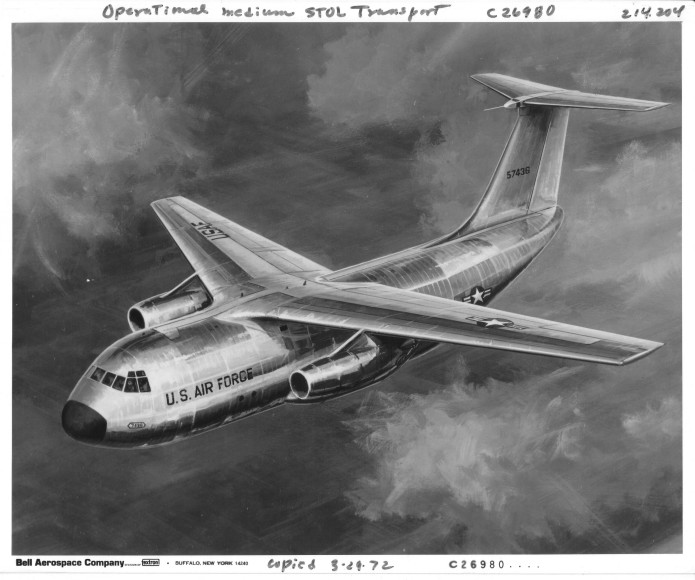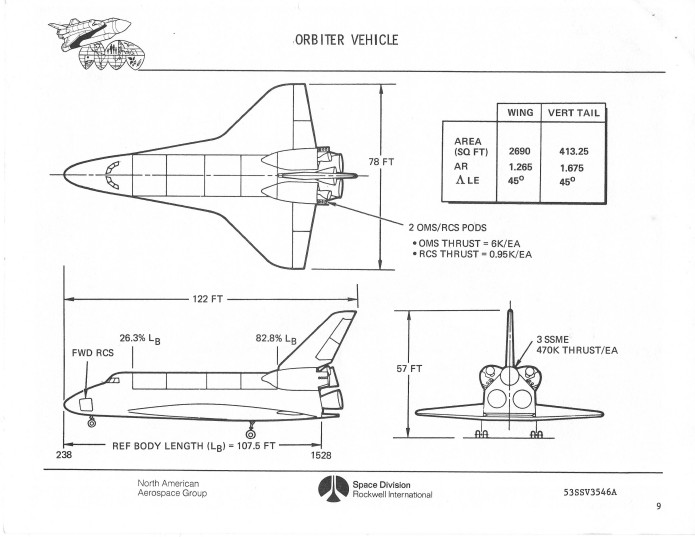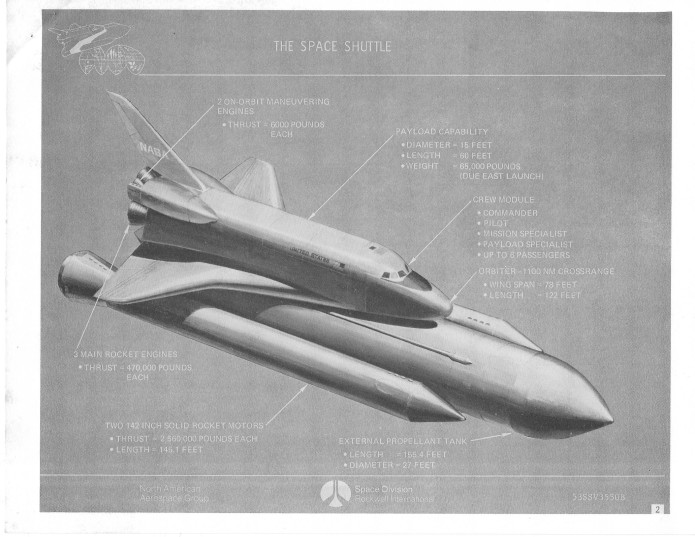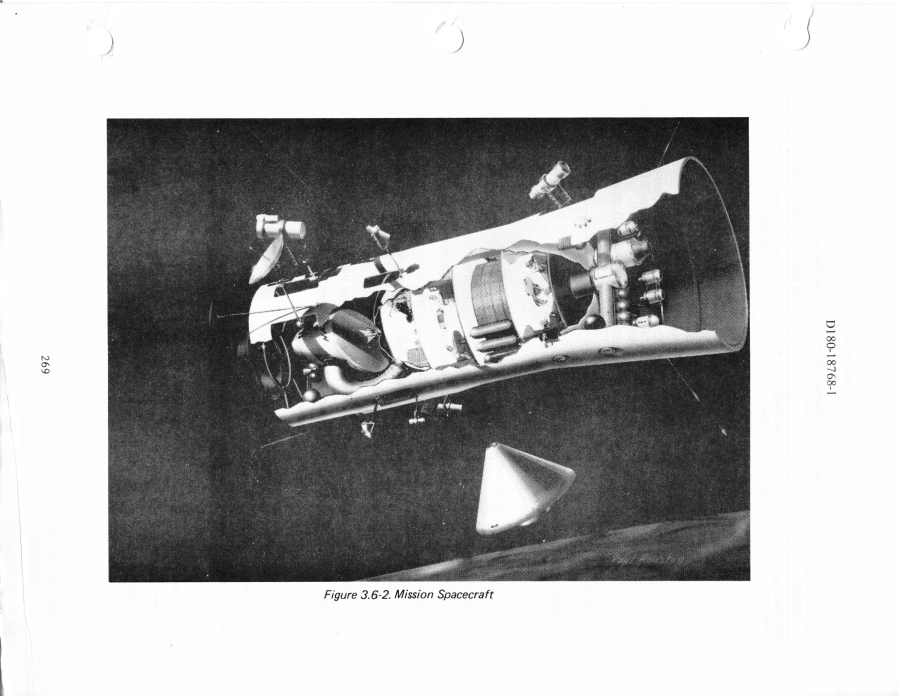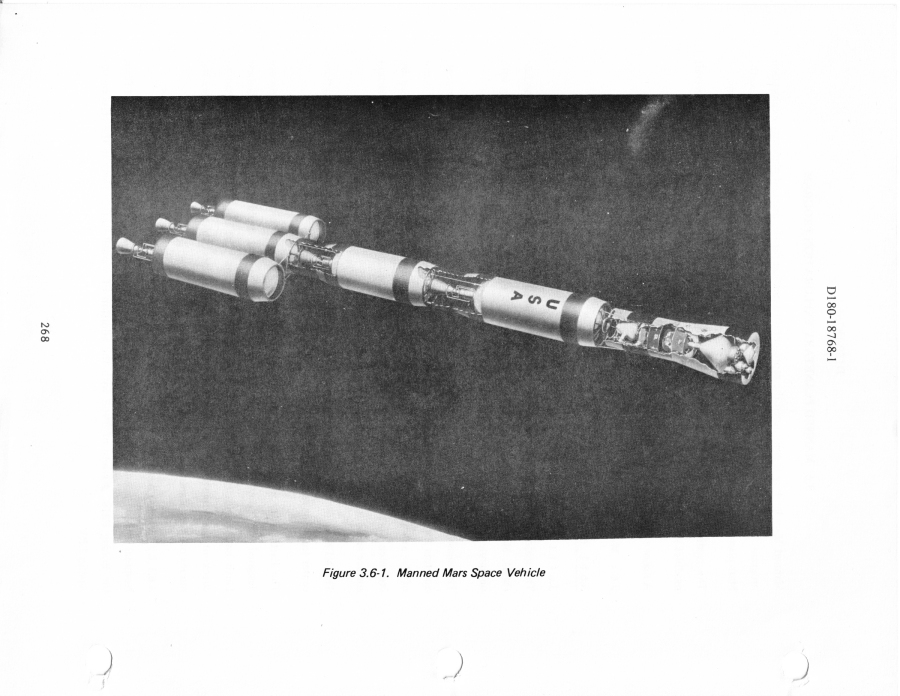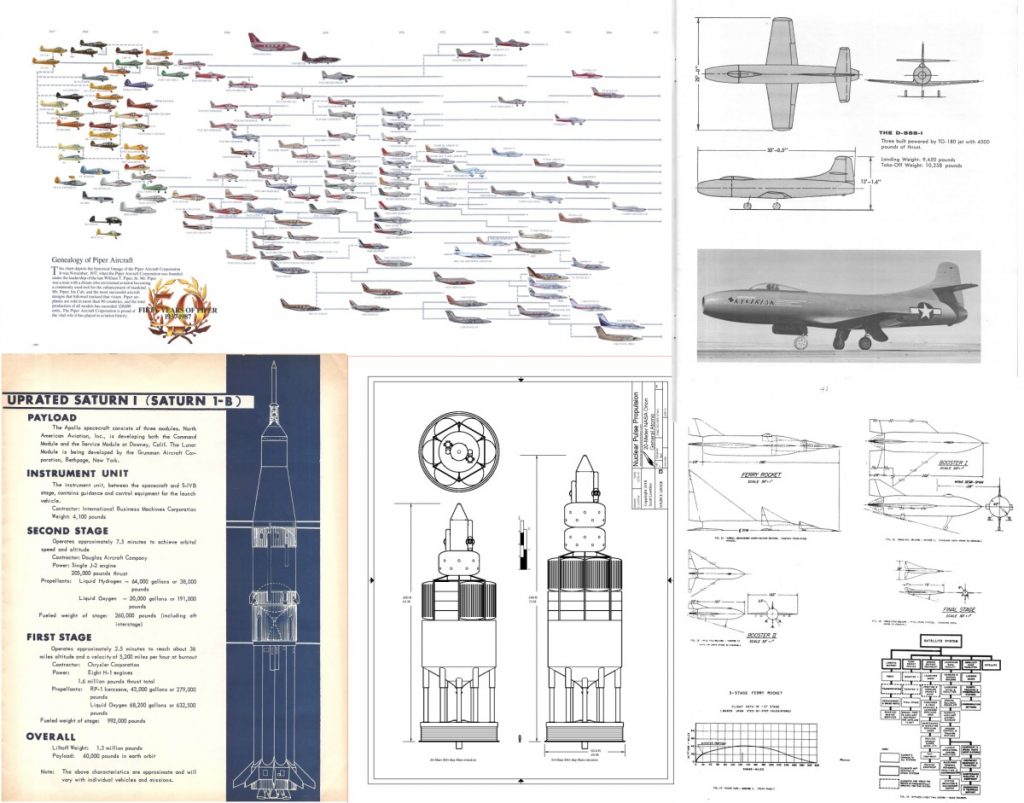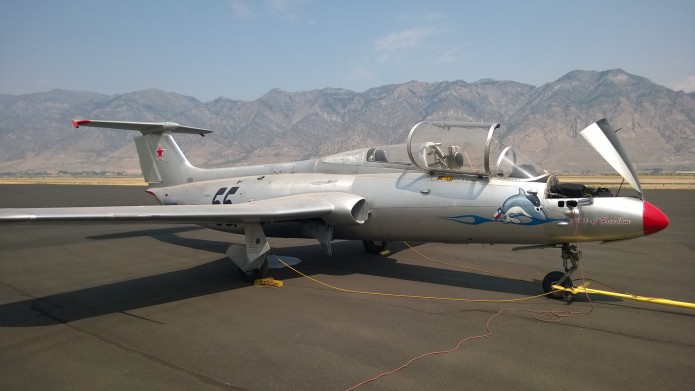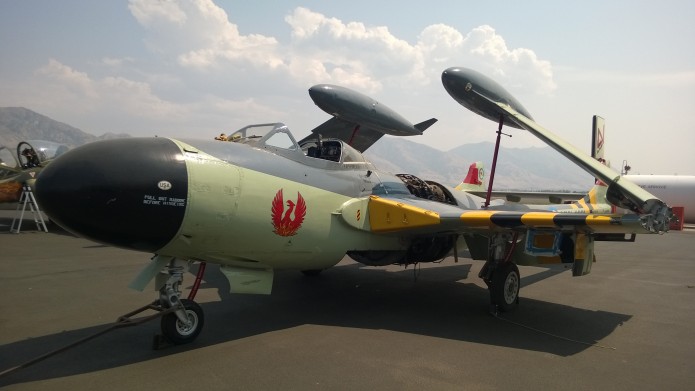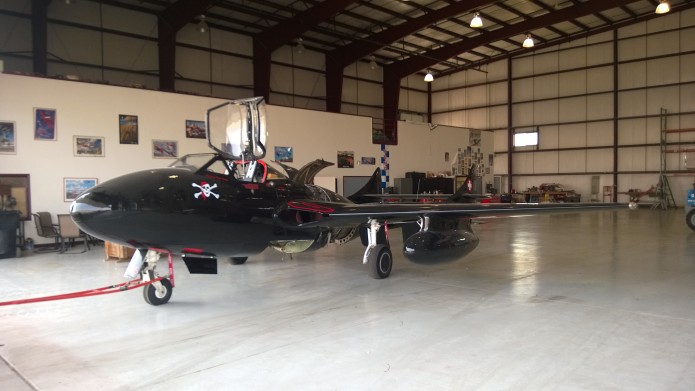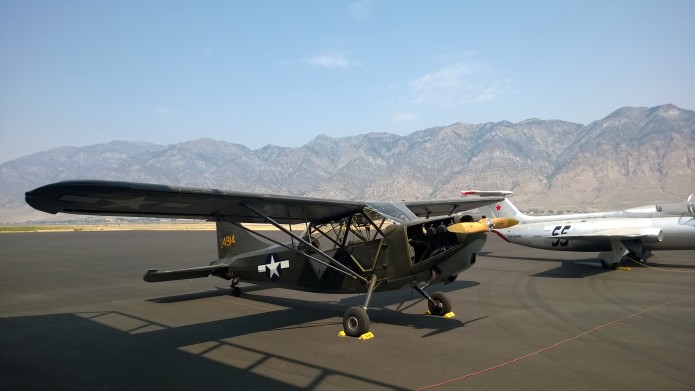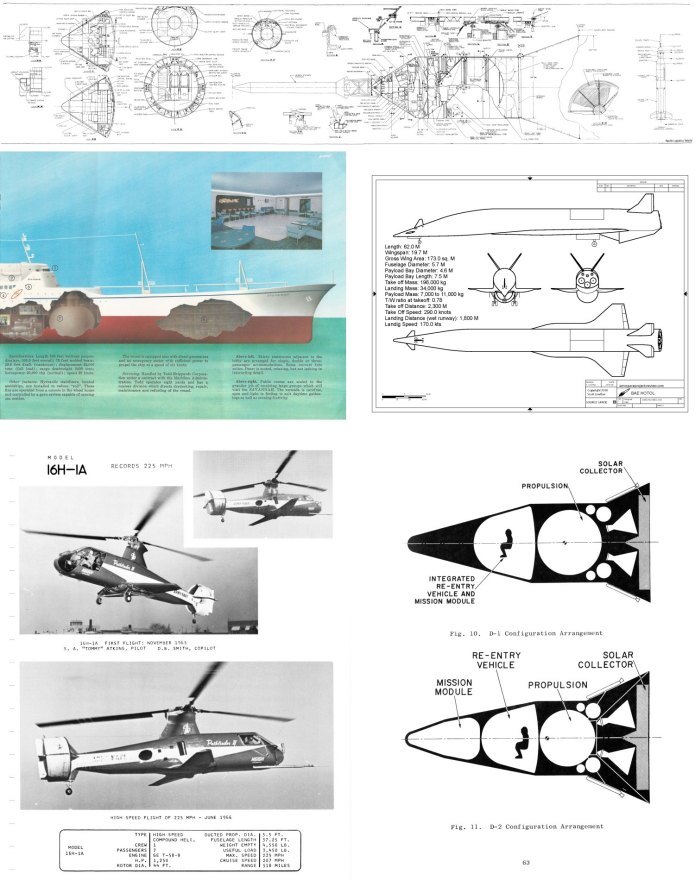So, *this* story continues to stumble along. There was a phone call between a content creator and the person responsible for the situation; a transcript of the call was somehow made. And while a transcript is fine, a recording of the call would be better. But the demand was made at the top of the call that no recording of the call was allowed. So, the next best thing: a dramatic reading of the transcript. note: you may scare your pets laughing at this.
FYI:
